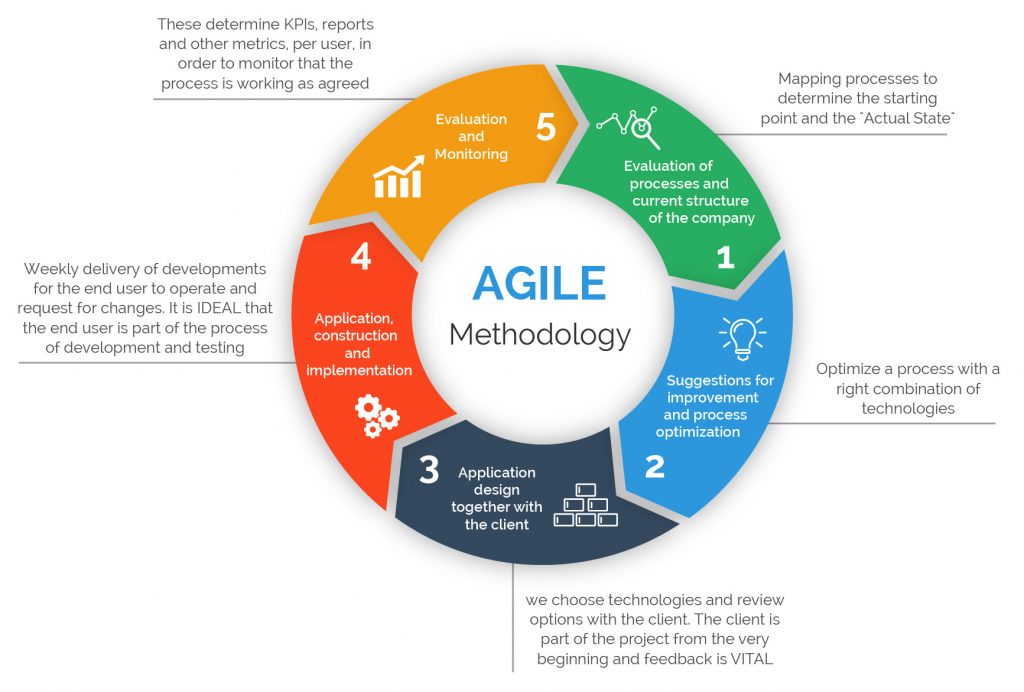Software Development Life Cycle (SDLC) is a process used by the software industry to design, develop and test high quality softwares. The SDLC aims to produce a high-quality software that meets or exceeds customer expectations, reaches completion within times and cost estimates.
AGILE methodology is a practice that promotes continuous iteration of development and testing throughout the software development lifecycle of the project. Both development and testing activities are concurrent unlike the Waterfall model.
SCRUM is an agile development method which concentrates specifically on how to manage tasks within a team-based development environment. Basically, Scrum is derived from activity that occurs during a rugby match. Scrum believes in empowering the development team and advocates working in small teams (say- 7 to 9 members).

At remoteX we train people on agile methodology. Below is the course insite.
- The Emergence of Scrum
- Distribution of methodologies
- Project Management Today
- Project Management – new wave
- Scrum from the clouds
- The Essence of Scrum
- The Basics of Scrum
a. Product Owner
b. Product Backlog
c. The Team
d. Scrum Master
e. No Changes
f. Sprint Planning Meeting
g. Daily Scrum Meeting
h. Sprint Review
i. Sprint Retrospective
- Why Has Scrum Become So Popular?
- Scrum Challenges
- The Traditional Approach
- Agile: Iterative Incremental Development
- How Much Written Documentation?
- Format for Product Backlog Items
- Problem of Changing Priorities
- Handling Changing Priorities
- Estimation and Release Planning in Scrum
- Product Backlog Estimation
- Relative Size
- Planning Poker
- Scrum Release Cycle
a. Multi-Sprint Release
b. Release Every Sprint - Scrum Mastery
